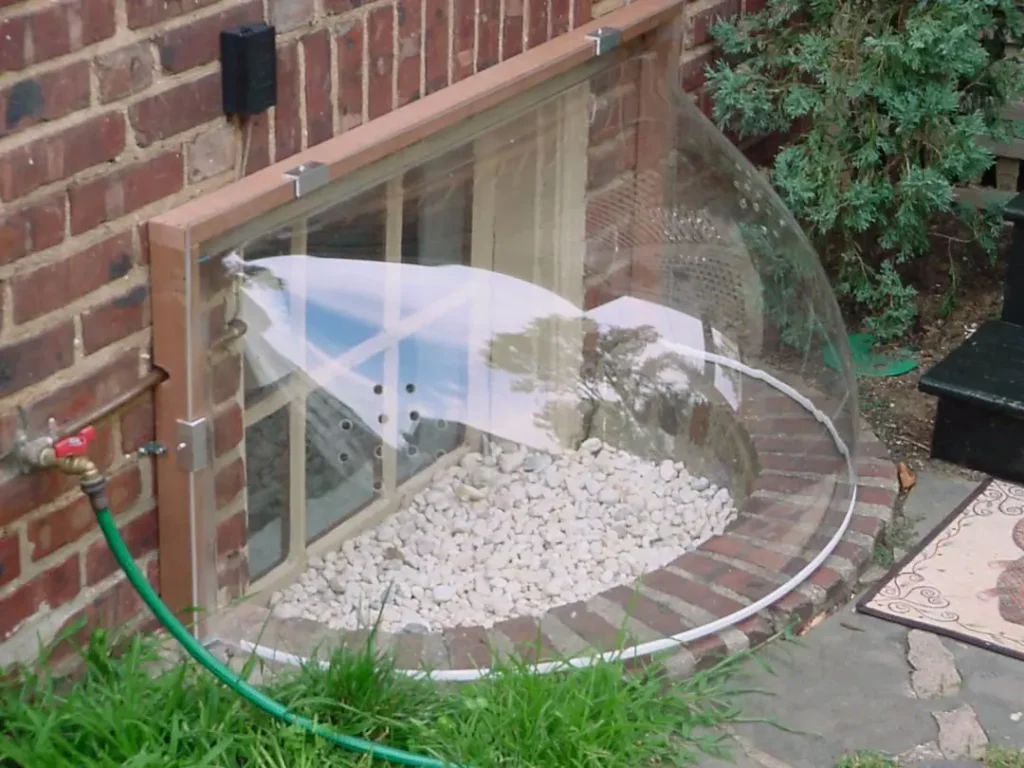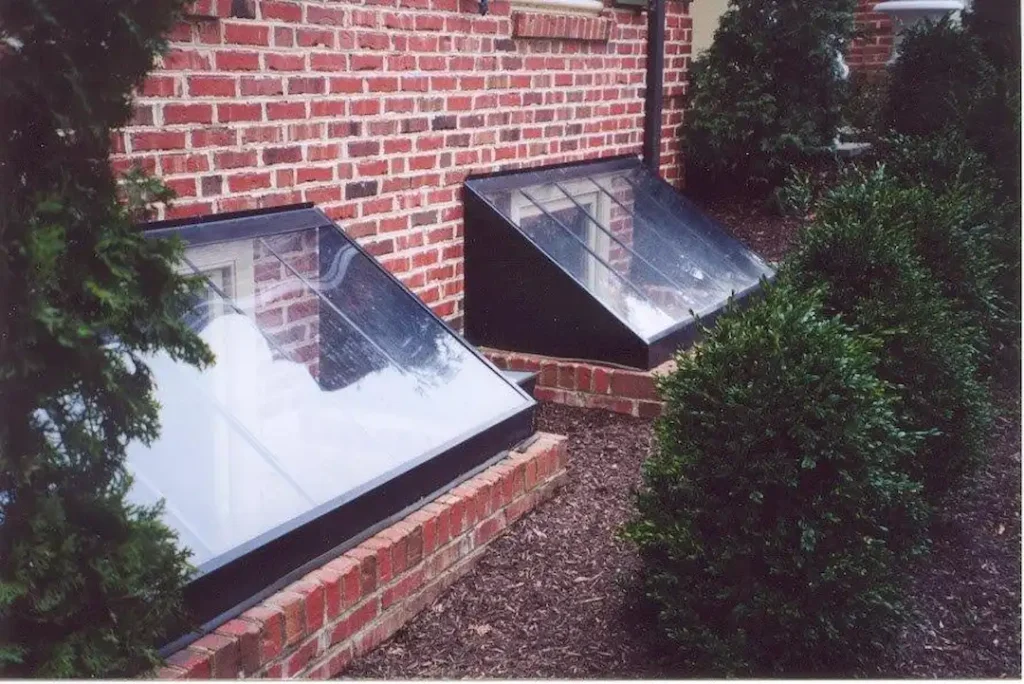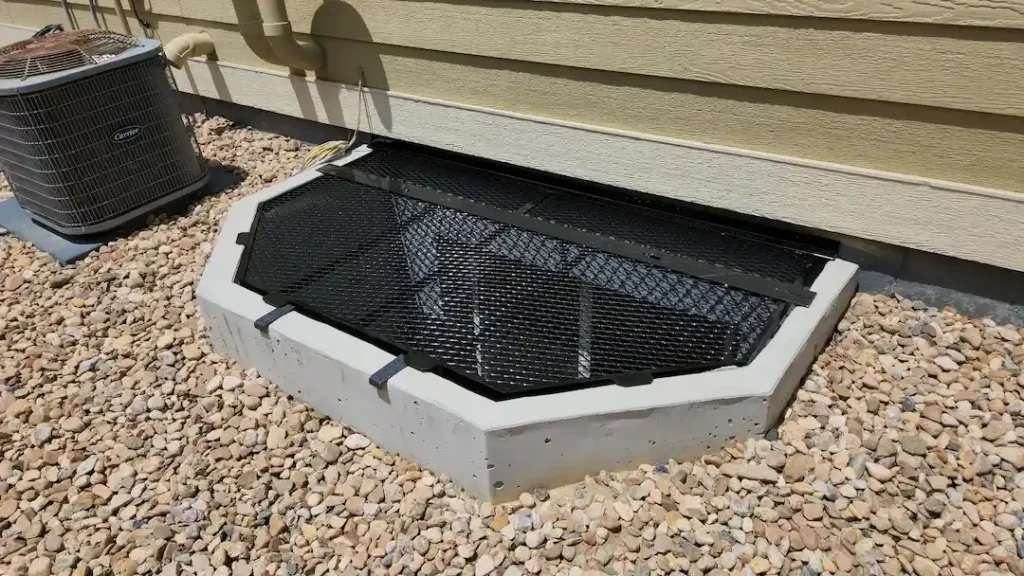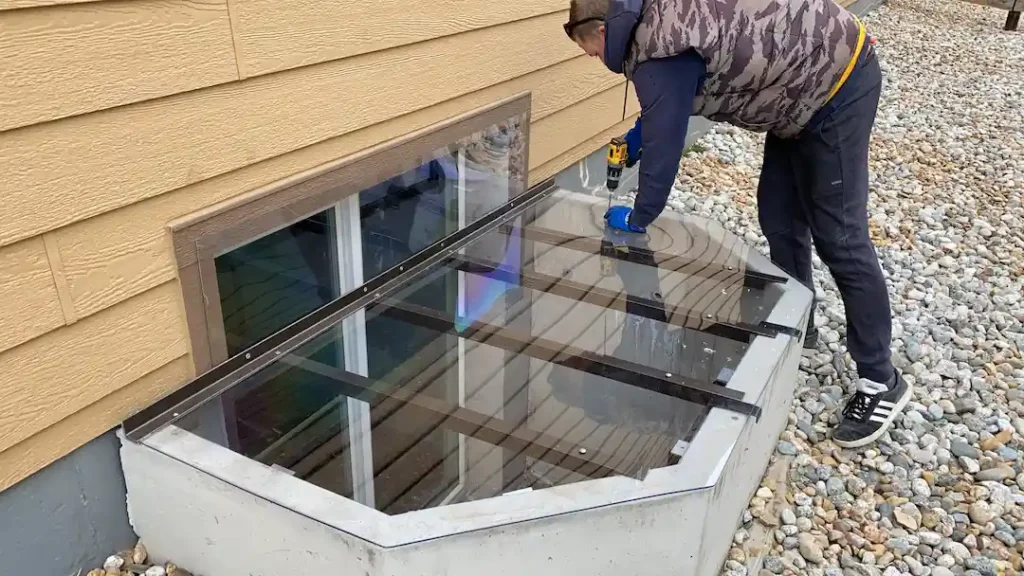Cellar window wells are often overlooked but play a crucial role in making your basement safer, brighter, and more functional. If you’ve ever wondered how these simple structures can transform your basement space, this guide will walk you through everything—from types and installation to maintenance and safety considerations.
Whether you’re a homeowner looking to enhance natural light or a DIY enthusiast planning a basement renovation, understanding cellar window wells can save you time, money, and future headaches. I’ll also share a real-life case study where a properly installed window well prevented a major basement flooding issue.

Content
What Is a Cellar Window Well and Why It Matters
A cellar window well is a dug-out structure outside a basement window, typically made from metal, plastic, or masonry. Its primary purpose is to create a safe barrier between the window and surrounding soil, allowing for:
- Natural light to enter the basement
- Emergency egress for safety compliance
- Proper drainage to prevent water accumulation
Without a proper window well, basements can become dark, damp, and prone to flooding or mold. From my personal experience, many homeowners underestimate the importance of even a simple window well until they face water damage during heavy rains.
Materials and shapes vary—semi-circular, rectangular, or custom-fitted designs—and each has its benefits. For example, steel window wells offer strength and durability, while thermoplastic covers are lightweight and easy to install. Choosing the right material depends on your climate, budget, and maintenance preferences.
Safety and Regulatory Considerations
One of the most overlooked aspects of basement renovation is compliance with local building codes. Many homeowners ask, “Do I need a window well for my basement window?” The answer is yes, especially if it serves as an egress window.

An egress cellar window well must meet certain criteria:
- Minimum width and height to allow safe exit in emergencies
- Ladders or steps if the window is more than 44 inches below ground
- Clear opening space to ensure escape routes are not blocked
Ignoring these standards can not only compromise safety but also violate local regulations, leading to fines or difficulties when selling your home. A well-installed window well ensures compliance while enhancing the overall functionality of your basement.
Types of Window Well Covers
A window well cover is more than just a protective lid—it’s a critical barrier against water, debris, and pests. Here’s a breakdown of popular types:

- Flat Covers – Made from polycarbonate or steel, these sit flush with the ground and provide a basic layer of protection.
- Bubble or Dome Covers – Offer additional clearance for emergency egress while keeping water and leaves out.
- Grate Covers – Metal grates allow light while preventing debris, ideal for heavy foot traffic areas.
When I installed a dome-style cover in my own home, it not only prevented leaves from accumulating but also provided peace of mind knowing my basement windows were protected from potential floods. The choice of cover depends on your priorities—durability, cost, or easy emergency access.
Installation Tips for Cellar Window Wells
Installing a cellar window well might seem straightforward, but there are several details that can affect performance:

- Excavation and Fit – Measure your window accurately and dig a well that leaves space for drainage and maintenance.
- Drainage System – Proper drainage is critical. A well-installed gravel bed and drainpipe prevent water from pooling and seeping into the basement.
- Secure Covers – A tightly fitted cover prevents debris, pests, and accidental falls.
- Professional Help vs. DIY – While many homeowners can install window wells themselves, hiring a professional ensures correct alignment, drainage, and code compliance.
I’ve personally helped friends install several window wells, and I’ve noticed that minor mistakes—like uneven excavation—can lead to water collecting in corners, negating the purpose of the well. Careful planning and following best practices is key.
Maintenance and Long-Term Care
Maintenance is often overlooked, yet it’s essential for cellar window well longevity:
- Clean debris regularly: leaves, dirt, and snow accumulation can block drainage.
- Inspect for damage: cracks or rust can compromise structure.
- Check covers: make sure they’re securely attached and not warped.
- Winter prep: in colder climates, ensure snow or ice doesn’t trap water inside the well.
In one case, a homeowner I consulted had a blocked window well drain. After a heavy rain, the basement flooded. A simple seasonal inspection would have prevented this disaster. Regular maintenance is a small effort that pays off tremendously in avoiding costly repairs.
Benefits and Risks
Benefits
- Improved safety: compliant egress windows save lives during emergencies.
- Natural light: brightens basements and reduces the need for artificial lighting.
- Flood prevention: proper drainage reduces water damage and mold risk.
- Energy efficiency: reducing moisture helps maintain insulation effectiveness.
Risks if Ignored
- Water seepage and basement flooding
- Mold growth and structural damage
- Pests entering the basement
- Non-compliance with building codes
Real-Life Case Study: How a Proper Window Well Saved a Basement
Last spring, a family I worked with experienced a near-catastrophic basement flood. Their old window wells were shallow, uncovered, and clogged with leaves. During a week of heavy rain, water started seeping into the basement, damaging flooring and furniture.
We installed custom thermoplastic cellar window wells with proper drainage pipes and dome covers. Within days of a subsequent storm, the water drained properly, leaving the basement completely dry. The family was amazed at how such a simple installation prevented what could have been thousands of dollars in damage. This experience highlights the real value of well-planned window wells.
Conclusion
A cellar window well is more than just a basement accessory—it’s a critical element for safety, light, and moisture management. By understanding the types, installation methods, and maintenance needs, you can protect your home and family while adding functional value to your basement.
Whether you’re installing a new egress window, upgrading covers, or maintaining existing wells, taking the time to do it right ensures long-term benefits. Remember, a small investment in proper window well design and upkeep can prevent major headaches in the future.
FAQs About Cellar Window Wells
Do I need a cover if my area rarely rains?
Yes. Even minimal precipitation can accumulate over time, and covers also protect from debris and pests.
How often should I clean the window well?
Inspect at least twice a year, ideally before spring and fall, or after heavy storms.
Can I install a window well myself?
Yes, if you’re confident in measurements and drainage, but for egress wells or code-critical installations, professional help is recommended.

I am Javier and my love is writing about home improvement. I write mostly about home ideas, but also share some tips and tricks that can make your life easier when it comes to getting things done in the house.



